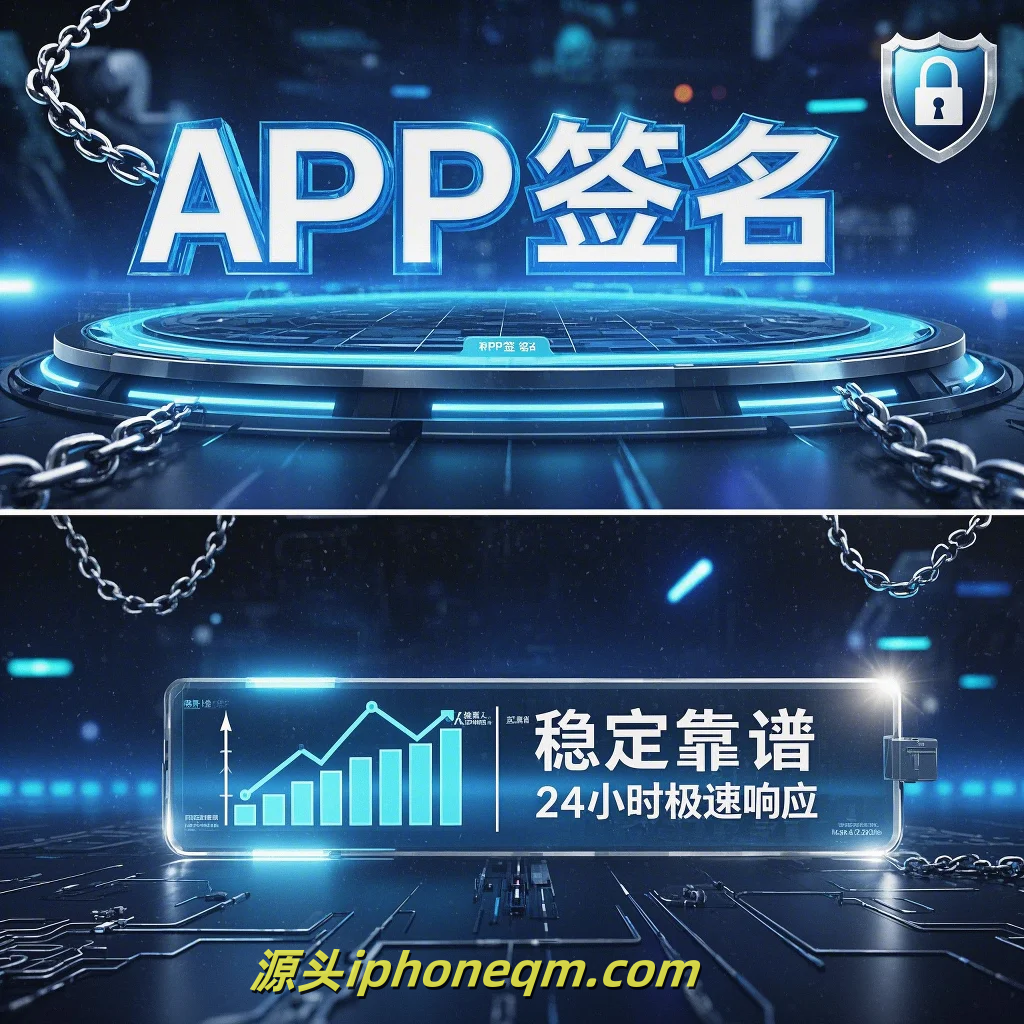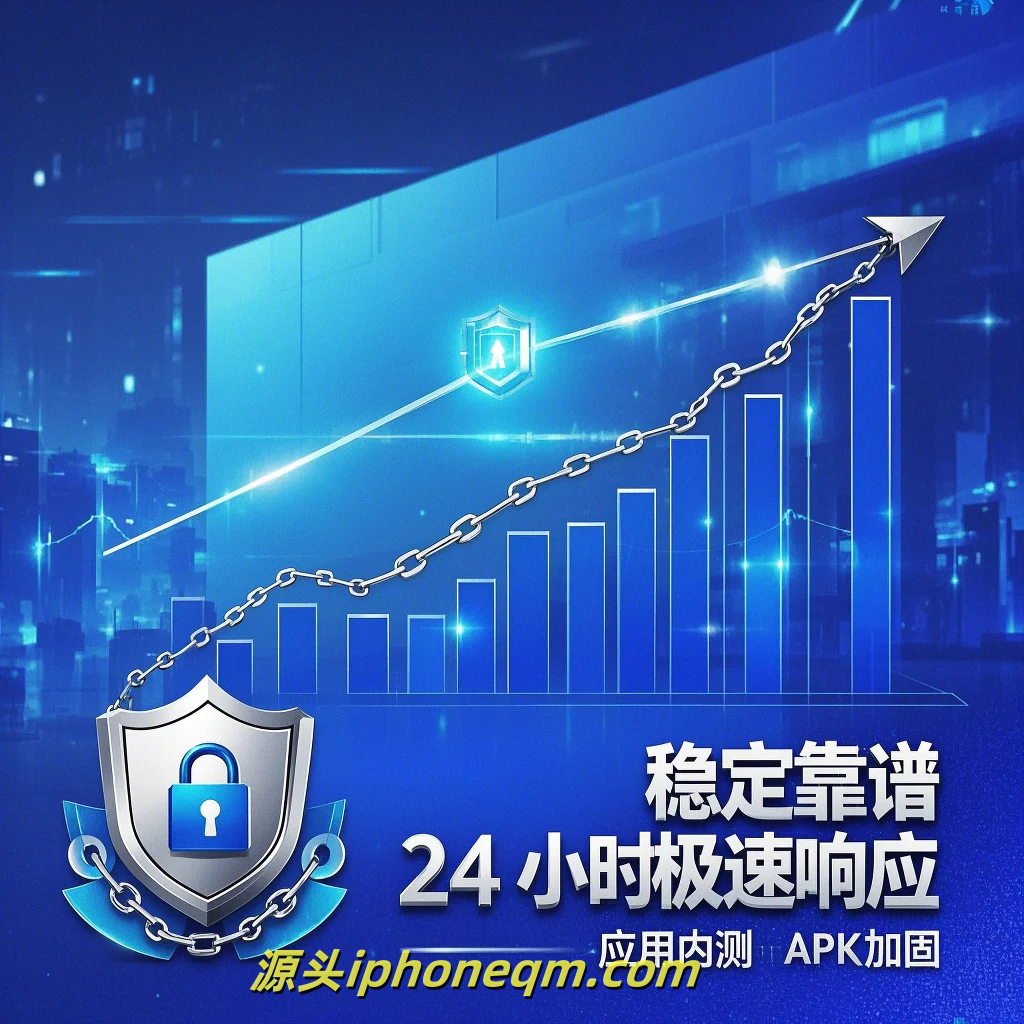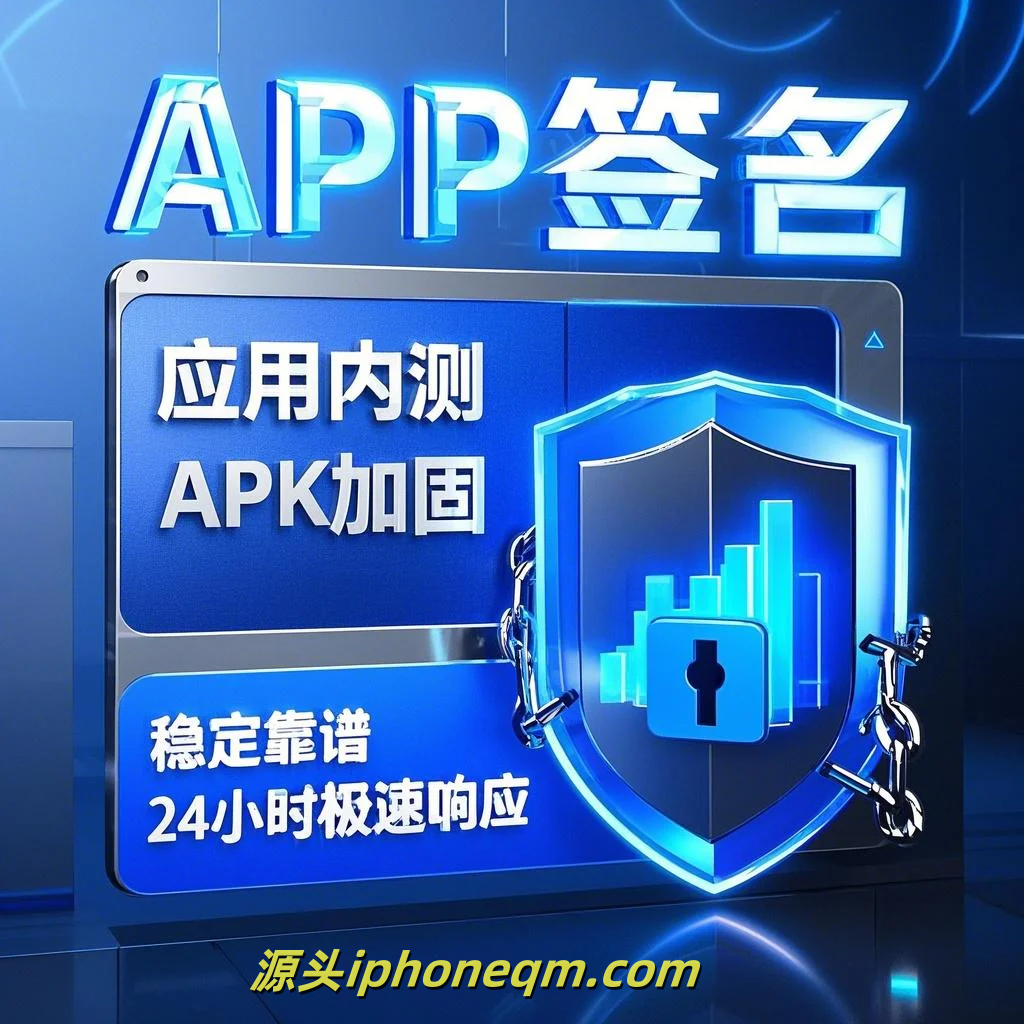Strategies for Long-term iOS Signing Success
In the rapidly evolving landscape of app development, staying ahead is crucial for maintaining a successful iOS app. One of the key components that can significantly influence your long-term success is effective iOS signing. This involves navigating the complexities of Apple's digital signing processes, which are essential for distributing your apps. Here, we outline several strategies that can enhance your iOS signing success and ensure the longevity of your applications.
First and foremost, understanding Apple's ecosystem is critical. Apple provides a comprehensive development platform, but its strict guidelines and rules can often be daunting for developers, especially those working outside the US. Familiarize yourself with Apple's App Store Review Guidelines and the latest updates. Regularly checking for changes and updates ensures you're always compliant and reduces the chances of your app being rejected or removed.
One effective strategy is to automate your code signing process. Tools like Fastlane can streamline your workflow, reduce the possibility of human error, and save valuable time. By automating tasks such as obtaining certificates and provisioning profiles, you can ensure that your signing process is both predictable and efficient. Automation not only minimizes your workload but also allows you to focus on building new features and improving your app.
Furthermore, manage your certificates and provisioning profiles meticulously. Keep track of their expiration dates and renew them well in advance. A common pitfall for developers is letting certificates expire, leading to unforeseen delays in app updates or releases. Set reminders for yourself or your team to renew these items at least a month before expiration to avoid any last-minute scrambles.
Another critical aspect is to use a secure method for storing your signing credentials. Utilizing a service like Apple’s Keychain or a secure key vault can protect your certificates from unauthorized access. Always follow best practices for security and regularly update your credentials. Being proactive about security will help you avoid potential signing issues that could jeopardize your app’s availability.

Testing is another vital component of the signing process. Before submitting your app to the App Store, ensure you thoroughly test your app on various devices and iOS versions. This testing phase should include checking your app’s performance and verifying that it functions correctly once signed. By catching issues early, you can minimize feedback from users and app reviewers, leading to a higher chance of approval.

Lastly, engage with the developer community. Platforms like Stack Overflow, GitHub, and Apple’s Developer Forums are invaluable resources where you can learn from other developers’ experiences. Networking with other developers can provide insights into best practices for signing and help you troubleshoot common challenges. By being involved in the community, you can stay updated on emerging tools, techniques, and trends that can enhance your signing strategy.
In conclusion, achieving long-term iOS signing success requires a combination of knowledge, automation, meticulous management, security, testing, and community engagement. By employing these strategies, you can streamline your signing processes, minimize the risks of app rejection, and maintain a smooth development cycle. Ultimately, these efforts will contribute to the longevity of your app and position you for ongoing success in a competitive market.
扫描二维码推送至手机访问。
版权声明:本文由MDM苹果签名,IPA签名,苹果企业签名,苹果超级签,ios企业签名,iphoneqm.com发布,如需转载请注明出处。












